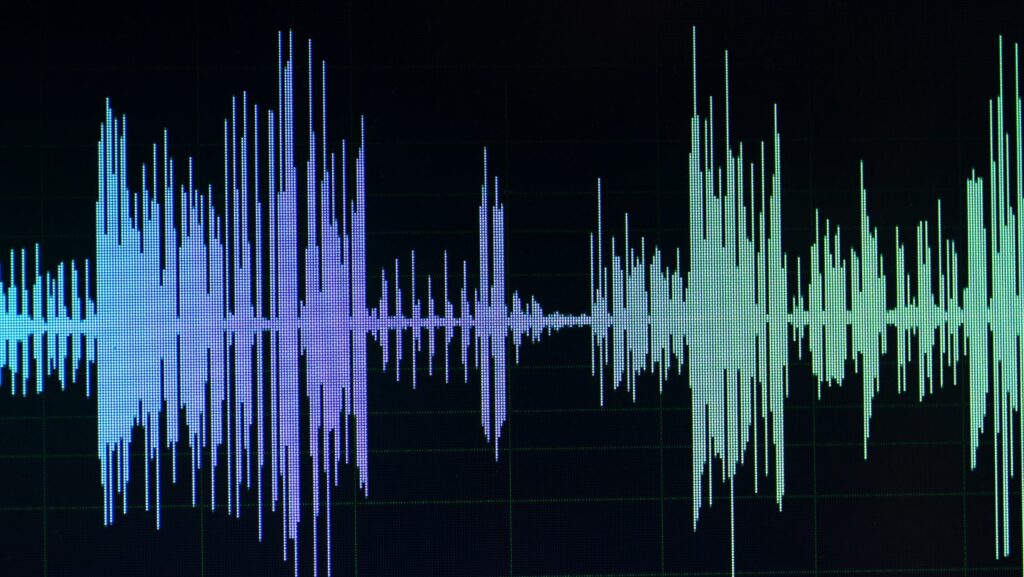In the world of music, rhythm, beat, and tempo form the backbone of every composition. These elements work in harmony to create the structure and flow that captivate listeners and keep them engaged. Whether it’s the steady pulse of a pop song or the intricate patterns of a jazz piece, understanding these components is key to appreciating and creating music.
Rhythm is the pattern of sounds and silences in music, giving it shape and form. The beat, often described as the music’s heartbeat, provides a steady pulse that listeners can tap their feet to. Tempo, on the other hand, dictates the speed at which a piece is played, setting the mood and energy level.
Rhythm Beat Tempo

Rhythm serves as the backbone of musical compositions, providing a pattern of sounds and silences that define the piece’s identity. It helps musicians create dynamic movements within a song by organizing beats into structured sequences. In music, rhythm guides the progression of notes and supports the melody, offering a seamless connection between different parts of a composition.
Several patterns characterize musical rhythm. Stressed and unstressed beats often form the foundation. Accents on specific beats create syncopation, adding variety and complexity to the music. Dotted notes and triplets introduce a layer of sophistication, enhancing the piece’s expressiveness.
Musicians often rely on rhythm to communicate emotions. A fast, upbeat rhythm might evoke excitement, while a slow, deliberate rhythm may convey calmness or melancholy. Through rhythm, artists can deliver narratives that resonate with listeners, establishing an emotional bond.
Understanding rhythm’s role in music allows listeners to appreciate its impact. Recognizing patterns and variations can lead to a deeper enjoyment of musical works. This comprehension also aids in distinguishing styles and genres, as rhythm often plays a pivotal role in defining specific musical categories.
The Role of Beat in Music

Beat acts as the foundation upon which rhythm and tempo build in a musical composition. It provides a consistent pulse or steady pace that helps musicians and listeners synchronize. In many musical pieces, beats serve as essential markers guiding the timing for group performances and individual expressions.
An identifiable beat is critical for creating structure in music. It allows musicians to maintain consistent timing and facilitates easier collaboration in ensemble settings, such as orchestras and bands, where precise coordination is necessary. Genres like pop, rock, and jazz often rely on beats to drive the music forward and engage listeners.
Understanding the beat’s role enhances the ability to distinguish between different musical styles and genres. Different styles manipulate beats to produce unique effects—for example, disco music uses a strong, steady beat to encourage dancing, while jazz might alter beats through syncopation to create a sense of surprise.
With variations in emphasis or intensity, beats can change a piece’s feel or mood. Accents on specific beats can lend energy or create relaxation, contributing to the music’s emotional impact. Recognizing these nuances provides listeners with a more profound comprehension of the music’s emotional landscape.
Exploring Tempo

Tempo dictates the speed at which a musical piece unfolds, influencing its mood and energy. Expressed in beats per minute (BPM), tempo provides a framework for musicians to maintain consistency throughout performances. A faster tempo can energize listeners, while a slower one might imbue a sense of tranquility or introspection.
Genres often associate with specific tempos, shaping their distinct sound. For instance, marches commonly use a tempo of 120 BPM, aligning with the natural cadence of walking, while traditional waltzes favor a tempo around 60 BPM to match their graceful, flowing movements. Dance music genres, like electronic and hip-hop, often capitalize on quick tempos ranging from 110 to 150 BPM to keep the dance floor lively.
Musicians utilize tempo variations to add dynamics and contrast within compositions. By altering tempo through accelerando (speeding up) or ritardando (slowing down), performers can enhance expressiveness and impact, guiding listeners’ emotional journey. Tempo thus serves as a vital tool for musicians to craft engaging and memorable musical experiences.
Interplay Between Rhythm, Beat, and Tempo
The intricate relationship between rhythm, beat, and tempo is central to the art of music, providing a foundation for creativity and expression. These elements work in harmony to shape the listener’s experience, offering a canvas for musicians to paint vivid emotional landscapes.
By understanding how rhythm organizes sound, how beat provides structure, and how tempo influences pace, one gains a deeper appreciation for the complexity and beauty of musical compositions. Each component plays a crucial role in crafting music that resonates with audiences making the exploration of these elements an enriching journey for anyone passionate about music.

